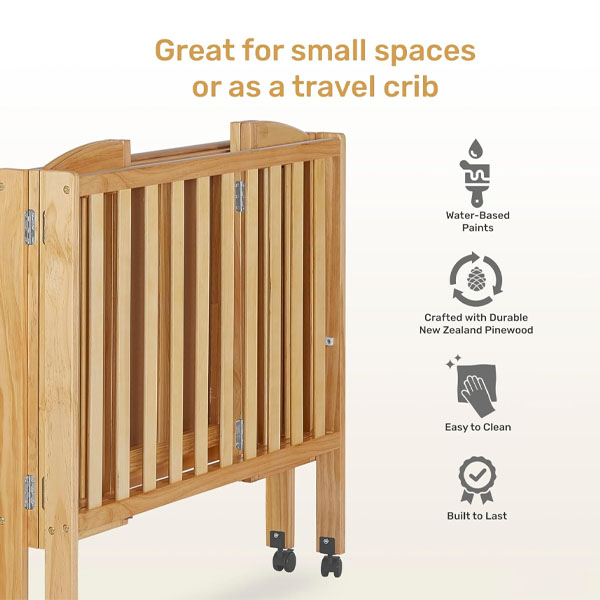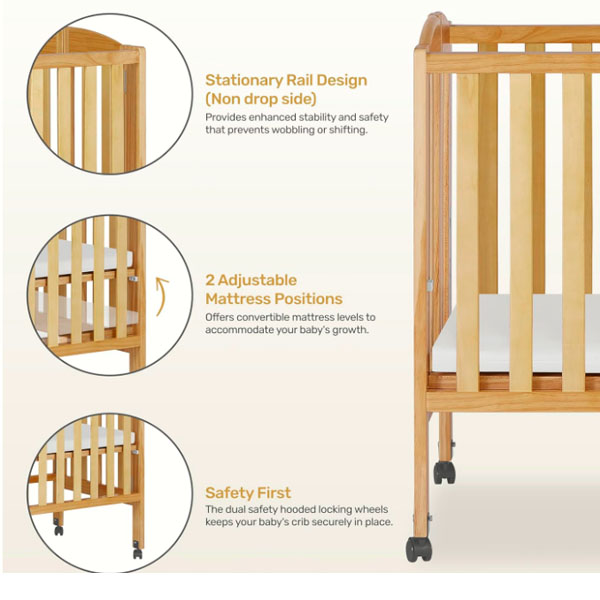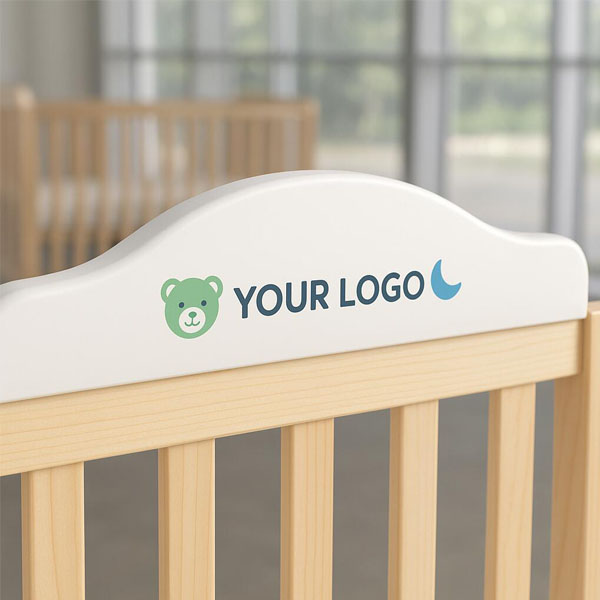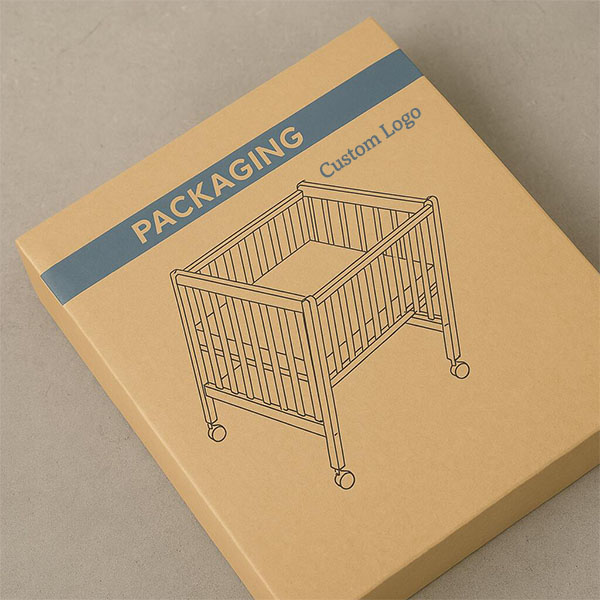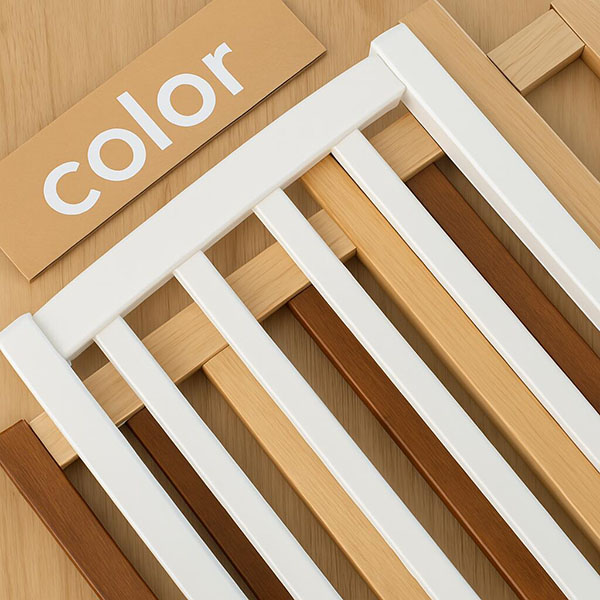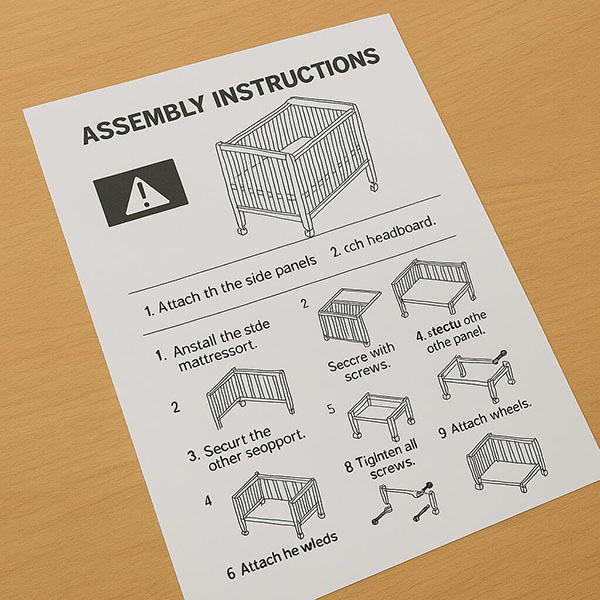Play Mat Buying Guide: How to Choose the Best Play Mat for Your Baby
Choosing the right play mat for your baby can be an overwhelming task, but it’s essential for creating a safe and engaging environment for your little one. A good play mat provides comfort, entertainment, and helps in the development of your baby’s motor skills. Here’s a guide to help you make an informed decision.
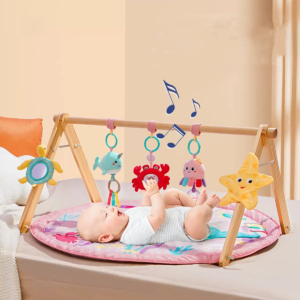
- What is a Baby Play Mat?
A baby play mat is a cushioned surface designed for babies to play, explore, and engage in developmental activities. Often made from soft, durable, and non-toxic materials, these mats provide a safe and comfortable area for babies to roll, crawl, or even sit. Play mats are usually padded for comfort and can feature various designs, textures, and interactive elements like toys or mirrors to engage your baby’s senses.2. Safety First: Material Matters
When selecting a play mat, ensure that the materials used are non-toxic and safe for your baby. Babies spend a lot of time on the floor, and they might chew or drool on the mat, so it’s important to choose one that is free from harmful chemicals like BPA, PVC, lead, or phthalates.
- Foam Mats: Foam mats are soft and offer good cushioning, which is perfect for babies who are learning to roll over or crawl. Look for mats made from EVA (Ethylene Vinyl Acetate) foam as they are non-toxic and often easier to clean.
- Organic Materials: If you prefer an eco-friendly option, look for play mats made from organic cotton, wool, or natural rubber. These options tend to be softer and free from synthetic chemicals.
- Waterproof Mats: Some play mats come with waterproof surfaces that make cleaning easier. A waterproof play mat will help prevent the buildup of germs and bacteria, especially as babies are prone to spills and accidents.
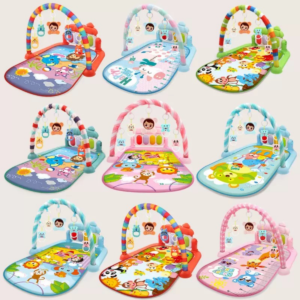
3. Size and Thickness: Comfort & Space
A play mat should provide enough space for your baby to move around freely, especially as they begin to roll, crawl, or sit up.
- Size: Look for mats that are large enough to accommodate your baby’s movements but won’t overwhelm the space in your home. Play mats typically range from 30 inches by 30 inches to over 6 feet in length.
- Thickness: A thicker mat provides more cushioning and is ideal if your baby is just starting to sit or crawl. A mat that’s 1/2 inch to 1 inch thick will offer sufficient support and protection from hard floors.
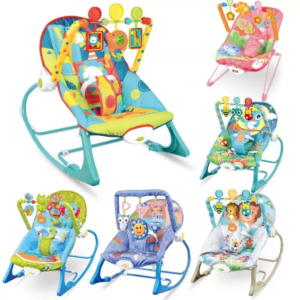
4. Design and Features: Stimulating Learning
Babies are naturally curious, and play mats with interesting designs can help stimulate their senses and encourage developmental milestones.
- Colors & Patterns: Bright colors and high-contrast patterns are engaging for babies, especially in the first few months of life when they are developing their visual abilities. Look for mats with different shapes, animals, or alphabet patterns to keep your baby entertained.
- Interactive Elements: Some play mats come with additional features like detachable toys, mirrors, or textured surfaces that promote tactile exploration. This can help your baby develop fine motor skills and sensory perception.
5. Portability & Storage: Easy to Use
If you need a mat that can be easily moved from room to room, portability is key. Look for mats that are lightweight and can be rolled up or folded for storage. Some mats even come with carry bags, making them perfect for travel or outings to the park.
6. Easy Maintenance: Cleaning Made Simple
Babies can be messy, so you’ll want a play mat that’s easy to clean and maintain. Look for mats with surfaces that can be wiped down quickly, or those that are machine washable.
- Waterproof Options: Waterproof mats are especially handy as they can be wiped down with a damp cloth, preventing the buildup of mold or mildew.
- Removable Covers: Some play mats feature removable covers that can be machine washed, providing a more convenient option for keeping the mat clean.
7. Durability: Built to Last
While babies grow quickly, you’ll want a play mat that can withstand wear and tear. Ensure the mat is durable enough to handle regular use, especially if it’s used on hard floors or if your baby is at the crawling stage.
Final Thoughts: What to Look for in a Play Mat
When choosing the best play mat for your baby, think about safety, comfort, convenience, and development. Here’s a quick checklist:
- Non-toxic, safe materials
- Sufficient size and thickness for comfort
- Engaging colors, patterns, and textures
- Easy to clean and maintain
- Portable for storage and travel
- Durable and long-lasting
By keeping these factors in mind, you’ll be able to find a play mat that suits your baby’s needs and creates a safe, fun, and comfortable space for them to explore.





